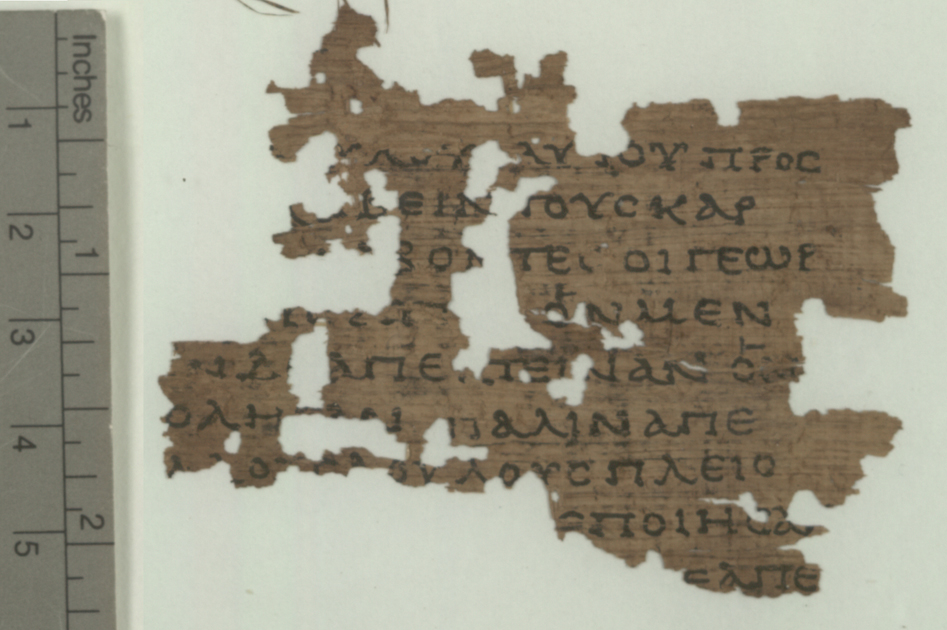Have you ever wondered when Matthew’s Bible, one of the most influential English translations of the Bible, was first published? If so, you’re in the right place! In this blog post, we will delve into the historical context and shed light on the year that marked the debut of Matthew’s Bible. By uncovering this significant milestone, you will gain a deeper understanding of the evolution of biblical translations and their impact on religious practices. Let’s embark on this fascinating journey through time together!
The Genesis of Matthew’s Bible: Unveiling the Year of its First Publication
Matthew’s Bible was first published in the year 1537. It is a significant English translation of the Bible that played a crucial role in the development of the English Reformation. The translation was primarily the work of William Tyndale and Miles Coverdale.
William Tyndale, an English scholar and theologian, was the driving force behind the translation of the Bible into English during the early 16th century. He believed that every Christian should have access to the Scriptures in their native language, rather than relying solely on the Latin Vulgate, which was the standard at the time. Tyndale began translating the Bible from its original languages (Hebrew and Greek) into English, with the New Testament being completed in 1526.
However, due to opposition from the Catholic Church and the English authorities, Tyndale’s translation was deemed heretical and banned. He was eventually arrested, tried for heresy, and executed in 1536. Despite his untimely death, Tyndale’s work laid the foundation for future English translations of the Bible.
Miles Coverdale, an associate and supporter of Tyndale, took up the task of continuing his work after his death. In 1535, Coverdale published the first complete printed translation of the Bible in English, known as the Coverdale Bible. This translation included Tyndale’s New Testament and a revised version of Tyndale’s Pentateuch (the first five books of the Old Testament).
However, the Coverdale Bible lacked several books of the Old Testament, such as the Apocrypha. To rectify this, Coverdale collaborated with John Rogers, another English Reformer, to produce an updated version of the Bible. This revised edition, known as Matthew’s Bible, was published in 1537.
Matthew’s Bible was the first complete printed Bible in English to include all the books of the Old and New Testaments. It featured Coverdale’s translation of the Old Testament, based on Tyndale’s work, along with Tyndale’s New Testament. The name “Matthew’s Bible” was used as a pseudonym to avoid persecution, as the English authorities were still hostile towards Tyndale’s translations.
The publication of Matthew’s Bible was a significant milestone in the history of English Bible translation. It helped to popularize the idea of having the Bible available in the vernacular language and played a crucial role in the subsequent development of the Great Bible (1539) and eventually the King James Version (1611).
In conclusion, Matthew’s Bible was first published in the year 1537 and is a notable English translation of the Bible. It combined the works of William Tyndale and Miles Coverdale to provide a complete printed edition of the Scriptures in English, making it a pivotal milestone in the English Reformation.
What year was the Matthew’s Bible?
The Matthew’s Bible was first published in 1537. It is an important English translation of the Bible that was primarily the work of William Tyndale, with additional revisions by John Rogers. It played a significant role in shaping subsequent English translations of the Bible.
Who translated the Matthew Bible?
The Matthew Bible was translated by William Tyndale and Myles Coverdale.
Who wrote the Gospel of Matthew?
The Gospel of Matthew is traditionally believed to have been written by Matthew, one of the twelve apostles who followed Jesus.
What is the history of the book of Matthew?
The book of Matthew is one of the four Gospels in the New Testament of the Bible. It is believed to have been written by the apostle Matthew, also known as Levi, who was one of the twelve disciples of Jesus.
The exact date of its composition is uncertain, but it is generally believed to have been written between AD 70 and AD 100. Matthew was originally written in Greek and was likely composed for a primarily Jewish-Christian audience.
The purpose of the book of Matthew was to present Jesus as the long-awaited Messiah and King of the Jews, fulfilling the prophecies of the Old Testament. Matthew emphasizes Jesus’ genealogy, birth, teachings, miracles, death, and resurrection, showcasing how he is the fulfillment of Jewish scripture.
The book of Matthew is structured into five major sections, often referred to as the “Five Discourses of Jesus.” These sections contain Jesus’ teachings on various topics such as the nature of the kingdom of heaven, ethical teachings, parables, and eschatology.
Throughout the book, Matthew highlights Jesus’ authority and his role as the Son of God. He also emphasizes the importance of faith, repentance, and discipleship.
Overall, the book of Matthew provides a comprehensive account of Jesus’ life, teachings, and mission, demonstrating his significance as the Savior not only for the Jewish people but also for all humanity.
FAQs
When was Matthew’s Bible first published?
Matthew’s Bible was first published in 1537.
Who was responsible for the publication of Matthew’s Bible?
Thomas Matthew was responsible for the publication of Matthew’s Bible.
What were the key features or differences of Matthew’s Bible compared to other translations at the time?
Matthew’s Bible was notable for being the first complete English translation of the Bible, combining the work of William Tyndale and Miles Coverdale. Its key features included the use of Tyndale’s New Testament translation and Coverdale’s Old Testament translation, making it a comprehensive version of the Bible in English. Additionally, it contained valuable study aids such as chapter summaries and cross-references, which set it apart from other translations at the time.

